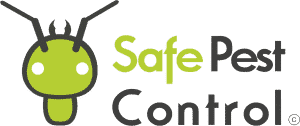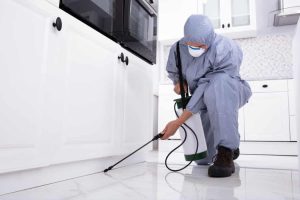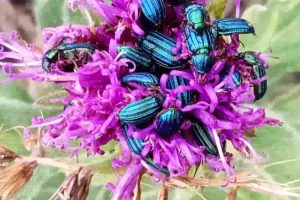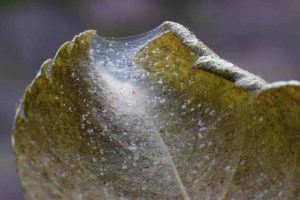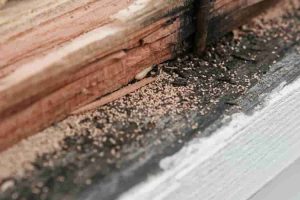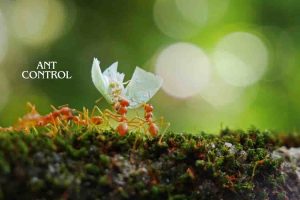Implementing a successful pest management plan in Sydney’s industrial facilities is crucial for maintaining productivity, safety, and compliance. To achieve this, we must focus on a multifaceted approach called Integrated Pest Management (IPM). IPM combines prevention, monitoring, and control, ensuring that we tackle pests without relying heavily on harmful chemicals.
In our experience, a well-executed IPM plan not only keeps facilities pest-free but also protects our reputation and minimizes environmental impact. We begin by identifying potential pest entry points and sources of infestation. Routine inspections and monitoring help us stay proactive, catching issues before they become major problems. This commitment to regular observation and prevention is key to maintaining a pest-free environment.
For industrial facilities in Sydney, it’s essential to tailor the IPM plan to the specific needs of each site. This means considering the types of pests common in the area, the layout of the facility, and the nature of the operations conducted within. We incorporate non-toxic methods when possible, using chemical treatments only as a last resort. Adopting these strategies ensures our facilities remain productive and safe for all employees.
Understanding Pest Behavior and Risks in Sydney’s Industrial Areas
To manage pests effectively in Sydney’s industrial facilities, we need to understand the behavior and impact of common pests, assess associated health risks, and consider how climate affects pest populations.
Identifying Common Pests and Their Environmental Impact
In Sydney, industrial areas face significant challenges from pests like rodents, ants, cockroaches, and termites. Rodents can damage infrastructure by gnawing on electrical wires and wood. Ants, often seeking food, can infiltrate packaging and contaminate products. Cockroaches thrive in warm, humid conditions and spread pathogens. Termites can cause severe structural damage by feeding on wood. Each pest poses unique risks to machinery, stored goods, and overall operational efficiency.
Health Risks and Safety Concerns Associated with Pests
Pests present various health risks in industrial settings. Rodents are known carriers of diseases such as leptospirosis and hantavirus, which can spread through contact with their urine or droppings. Cockroaches contribute to allergic reactions and asthma attacks and can carry bacteria like E. coli and salmonella. Ant bites can cause allergic reactions in some individuals. Termite infestations, while not direct health threats, can compromise building safety. Adhering to strict safety standards is crucial for mitigating these risks and ensuring a safe working environment.
Effects of Climate on Pest Populations in Sydney
Sydney’s warm and humid climate significantly influences pest activity. Warmer temperatures accelerate the breeding cycles of many pests, leading to larger populations. Increased rainfall and humidity create favorable conditions for cockroaches and termites. Industrial areas with poor drainage or waste management practices may see heightened rodent activity during wet periods. Understanding these climate-induced patterns helps us develop proactive pest management strategies to keep our facilities pest-free throughout the year.
Strategies for Effective Pest Management
Implementing a successful pest management plan in Sydney’s industrial facilities involves combining several strategies to minimize pest activity and damage. We will focus on using integrated pest management, conducting regular inspections and monitoring, and implementing sanitation and preventative measures.
Implementing Integrated Pest Management (IPM)
Integrated pest management (IPM) is an effective and environmentally friendly strategy. It combines various control methods to reduce reliance on chemical pesticides. In IPM, we first focus on preventing pest problems by managing the environment. This includes using natural predators, introducing eco-friendly practices, and sealing entry points to keep pests out.
We also use physical controls like traps and barriers to reduce pest populations. Chemical treatments are a last resort and are used minimally to protect human health and the environment. Our use of integrated pest management helps us maintain a balance between effective pest control and environmental sustainability.
Regular Inspections and Monitoring
Regular inspections are vital for early detection of pest problems. By inspecting our facilities frequently, we can identify potential pest entry points and signs of infestation. This allows us to take immediate action before issues escalate.
Monitoring involves the use of traps and sensors to track pest activity. These tools help us gather data on pest populations and understand their movements. Based on this information, we can adjust our pest control strategies to target problem areas more effectively. Consistent monitoring ensures that we can respond quickly to any changes in pest activity.
Sanitation and Preventative Measures
Good sanitation practices are essential for preventing pest problems. Pests are attracted to food, water, and shelter, so keeping our facilities clean and dry is crucial. We make sure to dispose of waste properly and store food in sealed containers to limit pest access.
Preventative measures include sealing entry points to block pests from entering the building. We also use physical barriers and screens to keep pests out. Implementing these simple steps significantly reduces the likelihood of infestations. By combining good sanitation with other proactive measures, we can maintain a pest-free environment in our industrial facilities in Sydney.
By integrating these strategies, we can effectively manage pests in our industrial facilities and ensure a safe, healthy environment for everyone involved.
Operational Procedures for Pest Control in Industrial Facilities
Successful pest control in industrial facilities requires a blend of chemical and cultural methods, a strong emphasis on education and communication for prevention, and selecting reliable professional pest control services. Here, we break down these crucial components.
Chemical and Cultural Pest Control Methods
Chemical methods involve the use of pesticides to manage pest populations. We carefully choose chemicals that are effective yet minimized in their environmental impact. This approach ensures both efficacy and safety.
Cultural methods, on the other hand, involve altering the environment to make it less friendly to pests. Simple measures like keeping facilities clean, sealing cracks, and managing waste are effective ways to prevent infestations.
Combining these methods offers a balanced and eco-friendly solution, reducing reliance on chemicals while maintaining high pest control standards.
Education and Communication for Prevention
Education is a pillar of effective pest control. We must ensure that all team members are informed about best practices and the importance of pest prevention. Regular training sessions can help staff recognize early signs of pest activity and understand prevention strategies.
Communication is equally critical. Open channels between staff and pest control professionals ensure that information about potential pest issues is promptly addressed. This proactive approach can prevent minor problems from escalating.
Using educational materials like pamphlets, posters, and meetings helps reinforce this knowledge and promotes a culture of vigilance against pests.
Selecting Professional Pest Control Services
Choosing the right professional pest administrators is essential for maintaining pest control in industrial facilities. It’s vital to look for pest control services with strong expertise and a proven track record. Services should offer integrated pest management (IPM) plans tailored to the specific needs of the facility.
Professional services should be adept in both chemical and non-chemical methods, ensuring a comprehensive approach. Additionally, we must consider eco-friendly options that minimize environmental impact while being effective.
Partnering with reputable professionals not only provides effective pest control but also peace of mind knowing that we have experts managing the issue comprehensively.
By focusing on these key areas, we can successfully manage pest control in industrial settings, ensuring safe and productive environments for everyone involved.
Maintaining Compliance and Advancing Sustainability
Maintaining compliance with safety and health regulations and advancing sustainability in pest management requires leveraging the latest technology and innovation, and engaging with community responsibilities. Each aspect contributes to operational efficiency and minimizes environmental impact.
Adhering to Safety and Health Regulations
We must follow strict safety and health regulations to ensure the well-being of workers and the surrounding community. Regulatory bodies, such as the NSW Environment Protection Authority, outline guidelines on the safe use of pesticides. For example, we need to document all pest control activities and maintain detailed reports. Consistent training for staff on proper pesticide use and emergency procedures is essential. Regular audits and inspections help in identifying potential risks and areas for improvement.
Leveraging Technology and Innovation for Pest Control
Harnessing modern technology can significantly improve our pest management strategies. Using integrated pest management (IPM) techniques, like those recommended by the OECD Programme on Sustainable Pest Management, lets us reduce reliance on chemical pesticides. Sensors and digital monitoring systems allow real-time tracking of pest activity. Drones and geographic information systems (GIS) can map and predict pest outbreaks. Biocontrol agents, such as natural predators and pheromone traps, further aid in sustainable practices.
Engaging with Community and Environmental Responsibility
Environmental responsibility extends beyond compliance; it involves proactive engagement with the community. We should involve local stakeholders in pest management planning and share information about our methods and results. This transparency builds trust and encourages cooperative efforts in maintaining a healthy environment. Supporting biodiversity and conservation efforts is vital. For instance, reducing pesticide use and opting for eco-friendly alternatives helps protect local ecosystems.
Ensuring operational efficiency while committing to sustainable practices benefits everyone. Utilizing non-chemical methods, like habitat manipulation and biological controls, mitigates health risks. Community education programs on the benefits of sustainable pest management foster a more informed and supportive public, enhancing our overall efforts in maintaining a safe and thriving environment for all.
On-Time Service

5 STAR SERVICE BASED ON 100+ GOOGLE REVIEWS
PET & FAMILY FRIENDLY TREATMENT
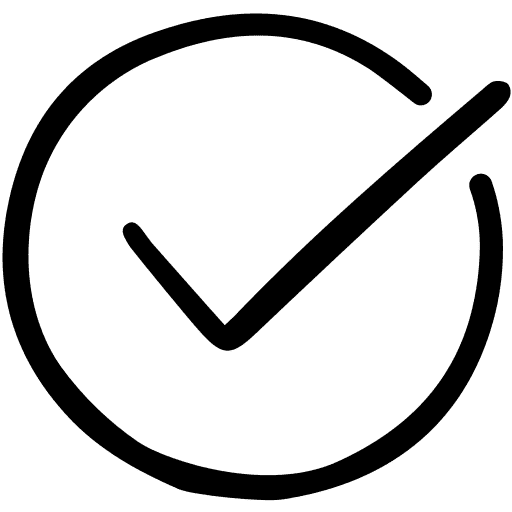
ALL YEAR-ROUND PROTECTION
Take Back Control Now
8
REASON TO CHOOSE SAFE PEST CONTROL
- Guarantee protection all year-round
- 30 Years Collective Experience
- An impeccable reputation across Sydney's Suburbs
- Certified treatments & written Warranty On all work carried out
- Family Owned & Operated
- Rated #1 Pest Control In Sydney NSW
- No Mess, No Smell
- Family & Pet Friendly Treatments
REQUEST A QUOTE
